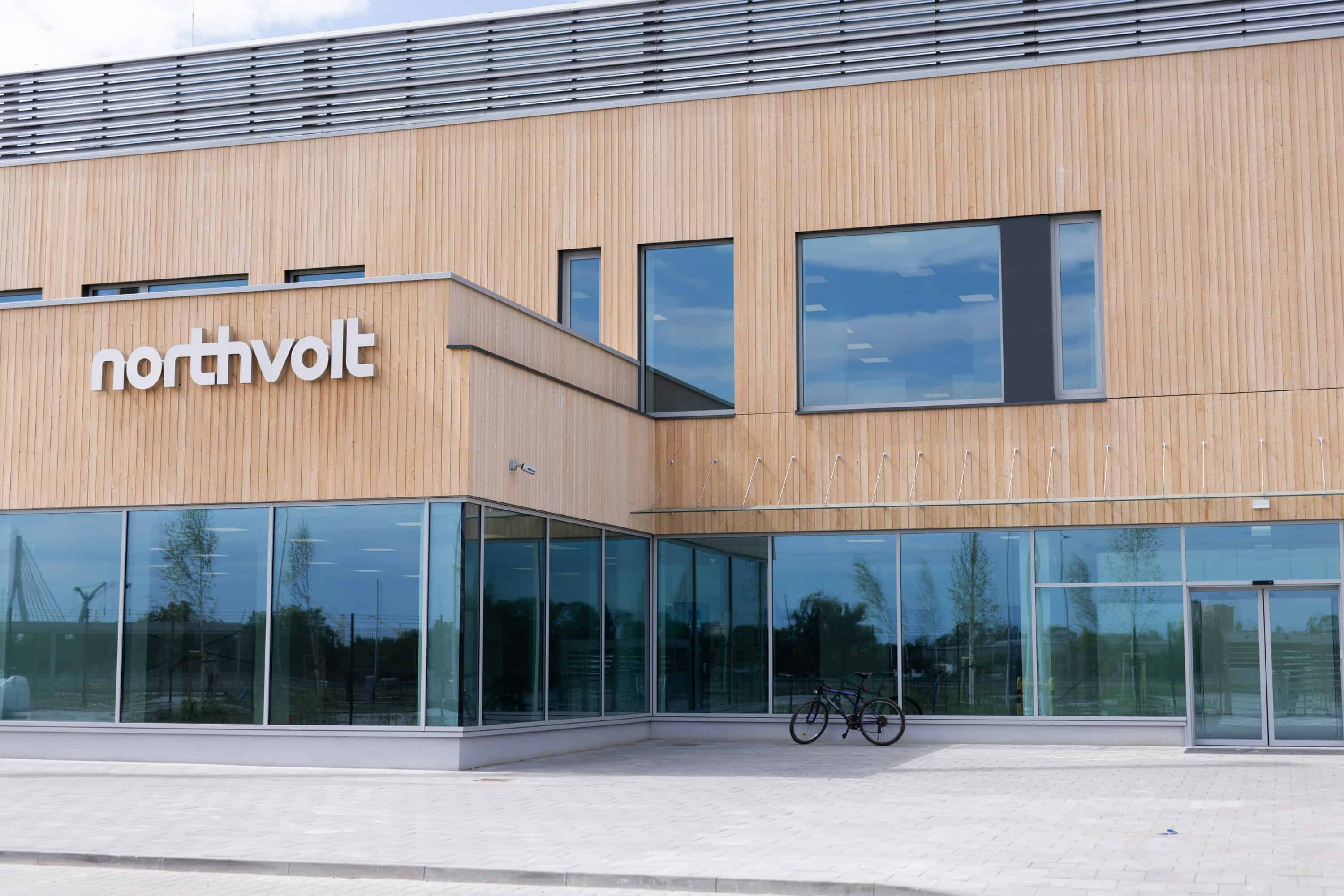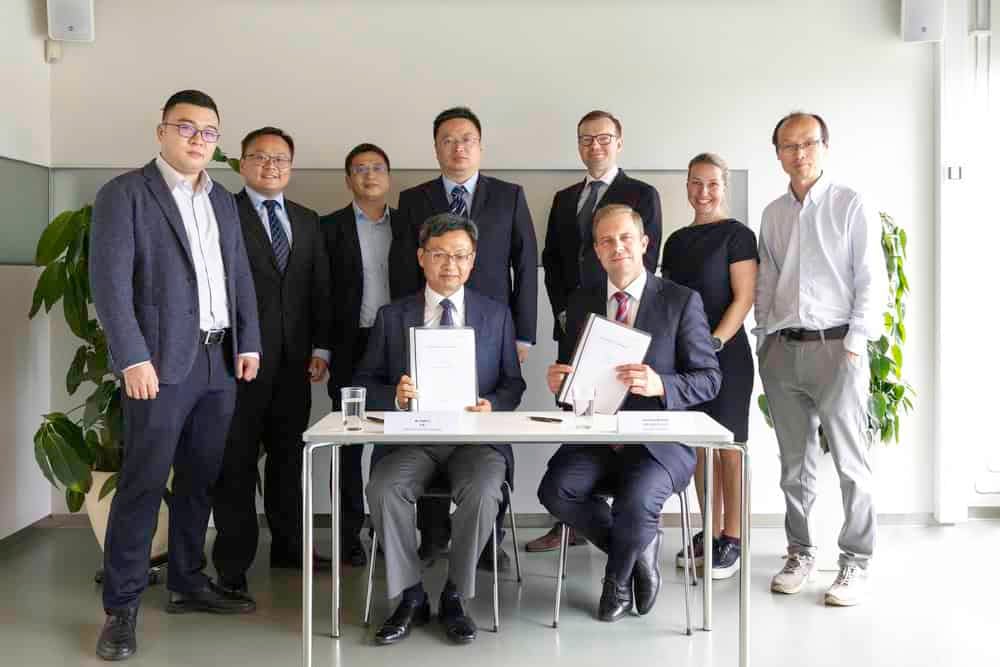
Dorthe Bomholdt Ravnsbæk has been awarded the 2023 Elite Research Prize for her groundbreaking research into developing more sustainable rechargeable battery materials as alternatives to lithium batteries. Her team at Aarhus University has developed new methods which allow them to create a kind of animation showing how atoms move around during charging and discharging. This deep curiosity about unseen things has put Professor Ravnsbæk in the international spotlight.
The Elite Research Initiative is the unifying brand name for a series of initiatives designed to honour and support the biggest research talents in Danish research. The Elite Research Prize is awarded by the ministry of Higher Education and Research to five exceptional researchers every year who are pushing the boundaries of basic research, and whose work is having a significant impact on solving global challenges.
39-year-old Dorthe B. Ravnsbæk is a professor of material chemistry at Aarhus University, where she leads a research group that works to understand the relationships between the manufacture of battery materials, their structures on the nanoscale and atomic level, and the properties of the batteries.
Insight into Unseen Things
Previously, the approach to batteries was that anything we couldn’t see directly didn’t need to be understood. However, Professor Ravnsbæk’s deep curiosity has enabled her to make significant progress in this area. With her research, she has pushed the boundaries in the field so that now it is possible to see inside batteries and understand how atoms change when they are charged and discharged. This understanding allows for better battery ageing and the development of more sustainable battery materials.
The breakthroughs began when Professor Ravnsbæk was a postdoc at Massachusetts Institute of Technology (MIT), one of the world’s leading technical universities. It was here that she was able to ask tough questions and think big. Her research really took off when she was given the opportunity and responsibility to build her own laboratory and research group first at Syddansk Universitet and then at Aarhus University in 2021.
Exploring Disorder
Professor Ravnsbæk’s team has developed new methods to investigate the atomic structure of batteries when they are charged and discharged. These require such strong X-rays that some of their measurements can only be conducted at large accelerators in the US, Germany or Sweden. The new methods have provided fascinating insights into how structural order and disorder affects battery performance.
This has opened up opportunities to begin experimenting with new materials for batteries such as sodium and magnesium. These materials were previously discounted due to their lack of order, but with new methods, it is now possible to see when disorder is beneficial. This expands the range of materials available for batteries, providing better options for developing sustainable batteries.
The first sodium-ion batteries are now on their way to market, but Professor Ravnsbæk stresses that there are still many experiments to be conducted in the laboratory before finding alternatives to the ubiquitous lithium battery. Every time you change the chemical composition, the battery completely changes its properties, capacity, and stability.
Solving Big Problems
“The joy of researching batteries is that it is both very detailed basic research and highly application-oriented,” says Professor Ravnsbæk. “It is important for me as a researcher to be part of solving some of the big problems we face as a society, such as in relation to green transformation.” This makes receiving the Elite Research Prize particularly meaningful for her.
“The prize provides an excellent opportunity for me to share my research,” says Professor Ravnsbæk. “I hope this will help create an understanding of why it is important to develop more sustainable batteries.”
A Bright Future for Sustainable Batteries
Professor Ravnsbæk’s discoveries have helped increase knowledge about sustainable battery development, which could lead to fewer negative environmental impacts from lithium-ion battery production. In addition, these new materials could help reduce dependence on lithium as a scarce resource.
As Professor Ravnsbæk’s work progresses, it may be possible to use renewable energy sources such as wind or solar energy instead of electricity generated from fossil fuels. This could potentially revolutionize sustainable energy storage by making renewable energy sources more practical.
“It’s exciting to think that my work can contribute towards making renewable energy more practical,” says Professor Ravnsbæk. “It’s a great feeling when you see your research being applied in real life.”





